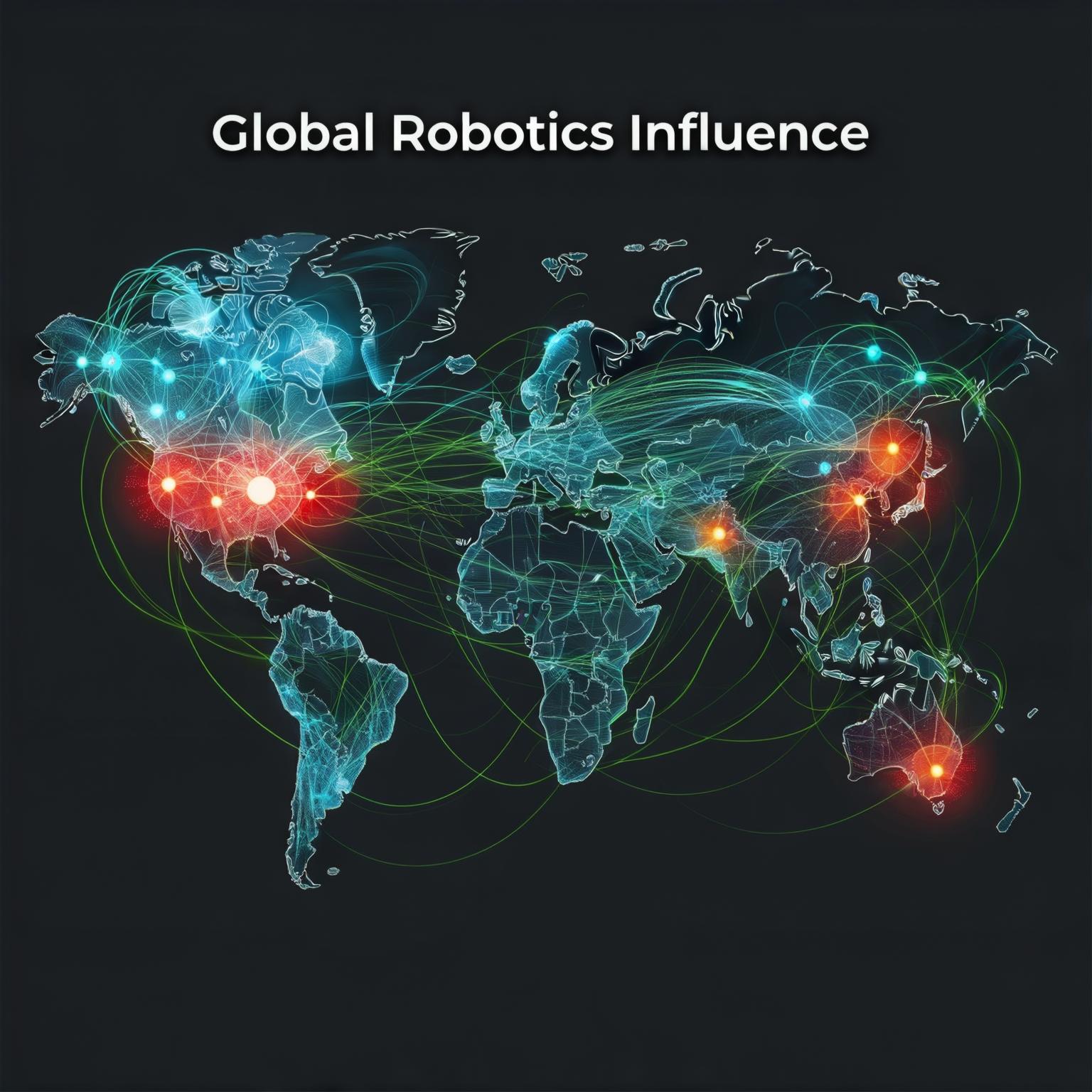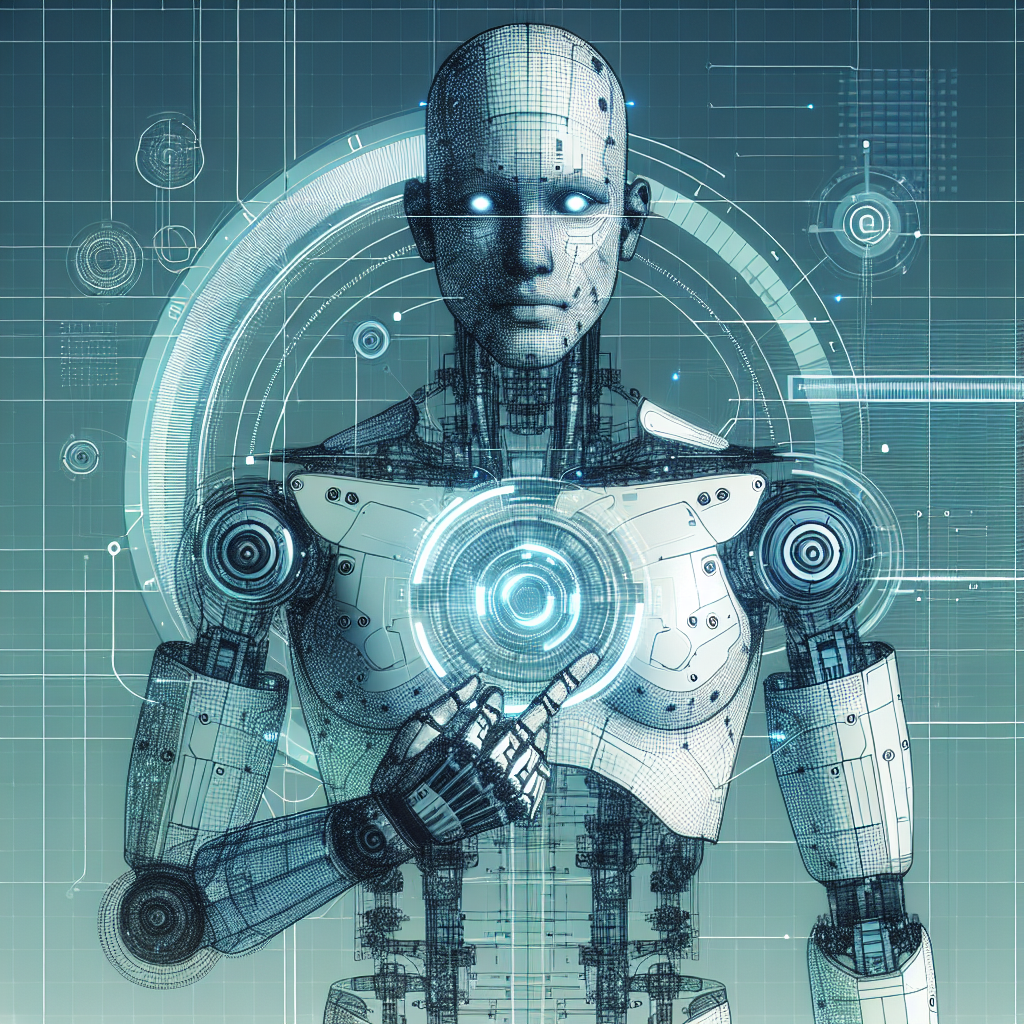Global Player Analysis: Strategies & Trajectories
Mapping the Global Robotics Landscape
System scan: Analyzing key global players in the robotics race. Industrial automation has been evolving for decades, shaping the current hierarchy of nations dominant in robotics adoption and manufacturing. Examining their strategies, historical trajectories, and driving forces provides crucial insights into the future competitive landscape.
Historically, four countries have led this field: South Korea, Japan, Germany, and the US. However, recent developments signal a significant shift, with China rapidly emerging as a major force challenging the established order. Understanding the strengths and weaknesses of these players is vital for navigating the unfolding robotics revolution.

// Status: Global Player Status Displayed.
Player Comparison: Titans vs. Challengers
Evaluating core strengths and strategic approaches of major players.
The Big 4: Established Titans
FANUC (JP), ABB (CH/SE), Yaskawa (JP), KUKA (CN - formerly DE). Decades of experience, high-volume manufacturing capacity, broad product portfolios.
[Analysis]
- > Longstanding Expertise: Deep knowledge base.
- > Market Presence: Established global reach.
- > High Volume: Capable of mass production.
- > Limited R&D Ratio: Relatively lower investment in high-risk GPR.
- > Risk Aversion: Hesitation towards capital-intensive, unproven next-gen robots.
- > China Dependence: Increasing reliance on mainland China market.
// Status: Established Player Profile.
China's Champions: Rapid Ascent
Estun, Efort, Siasun, and others. Rapidly gaining market share, acquiring European robotics companies.
[Analysis]
- > Vertical Integration: High % components in-house (Estun ~95%).
- > Production Scale Focus: Massive expansion plans (Efort 100k/year Super Plant).
- > R&D Investment: Significant focus on innovation (Siasun institutes, training).
- > Government Mandate: State-backed drive for dominance.
- > Rapid Iteration: Leveraging domestic manufacturing base.
- > Challenging Incumbents: Gaining ground in higher-end segments.
// Status: Challenger Player Profile.
// Data Log: Player Capabilities Matrix.
China's Trajectory: Unprecedented Acceleration
System monitoring reveals China's rapid shift in global robotics standing.
[VIZ: Robot Density & Installations Growth - China vs. West]
This scale of growth is driven by massive subsidies and strategic policies like "Made in China 2025", transforming China into a global industrial and high-tech manufacturing giant.
Spotlight: Humanoids - China's Strategic Engine
Focusing analysis on the Humanoid form factor: often considered the most complex, yet positioned by China as a strategic priority for economic growth and scaled production.
Humanoid Development Status: ACCELERATED
Government funding and venture capital investment in Chinese humanoid companies is substantial ($769M in 2023, >$990M H1 2024). The goal is a robust innovation system and achieving mass production by 2025.
Progress is evident:
- > 27+ humanoids debuted at WRC 2024 (Beijing), many active.
- > Unitree H1 synchronized choreography (Feb 2025).
- > UBTech set for ~1000 units mass production by late 2025.
- > Agibot (founded 2023) already in mass production (962 units by Dec 2023).
> Commercially available in the US.
> Price: ~$16K (vs. Western estimates ~$100-200K).
> Implication: Demonstrates rapid iteration, cost reduction, and scale potential unmatched globally.
This rapid development, manufacturing scale, and aggressive pricing present a significant challenge to Western competitors, even in this advanced form factor.

// Unitree G1: Commercially Available. Price Point Analysis Required.
// Data Log: Humanoid Development Milestones and Availability.
Roadmap: The Path to General Purpose Robotics
System trajectory projection: China's long-term strategic planning maps a clear path towards achieving GPR and leveraging it for economic dominance.
[PLAN]: Made in China 2025 & Robotics Imperative
2015
Made in China 2025 plan signed. Targets domestic content of core components (40% by 2020, 70% by 2025). Prioritizes robotics.
~2016-2018
Western automation growth peaks. China outside Top 10 robot density.
2023
China leads global robot installations (276k units). MIIT posts 4-year humanoid plan (growth engine, scale by 2025).
2024
China overtakes Germany in robot density (470/10k). Humanoid investment surges (> $990M H1).
2025 (Target)
Made in China 2025 domestic content target (70%). China aims for "production at scale" for humanoids.
2027 (Target)
China aims for humanoids to become a "strategic engine of growth".
// Data Log: Strategic Milestones & Targets. Trajectory Confidence: HIGH.
This state-backed focus, combined with manufacturing scale and rapid iteration, positions China to be the first to achieve the full economic benefits of general purpose robotics. The implications for global competitiveness are profound.
